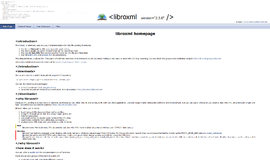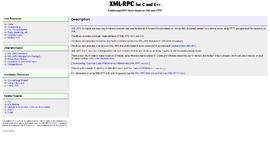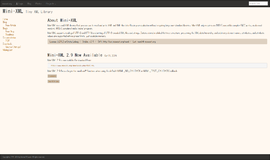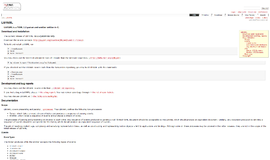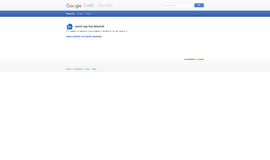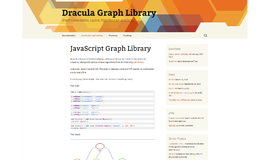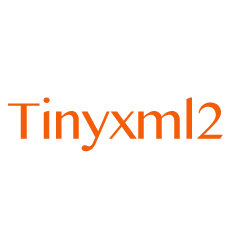
What is it all about?
In brief, TinyXML-2 parses an XML document, and builds from that a Document Object Model (DOM) that can be read, modified, and saved. XML stands for "eXtensible Markup Language." It is a general purpose human and machine readable markup language to describe arbitrary data. All those random file formats created to store application data can all be replaced with XML. One parser for everything.
Key Features
* Memory Model - An XMLDocument is a C++ object like any other, that can be on the stack, or new'd and deleted on the heap. However, any sub-node of the Document, XMLElement, XMLText, etc, can only be created by calling the appropriate XMLDocument::NewElement, NewText, etc. method. Although you have pointers to these objects, they are still owned by the Document. When the Document is deleted, so are all the nodes it contains. * White Space - Whitespace Preservation (default): By default, TinyXML-2 preserves white space in a (hopefully) sane way that is almost complient with the spec. (TinyXML-1 used a completely different model, much more similar to 'collapse', below.). Whitespace Collapse: For some applications, it is preferable to collapse whitespace. Collapsing whitespace gives you "HTML-like" behavior, which is sometimes more suitable for hand typed documents. * Entities - TinyXML-2 recognizes the pre-defined "character entities", meaning special characters. * Printing - Print to file, Print to memory, Print without an XMLDocument.
Compare Products
Select up to three two products to compare by clicking on the compare icon () of each product.
{{compareToolModel.Error}}





